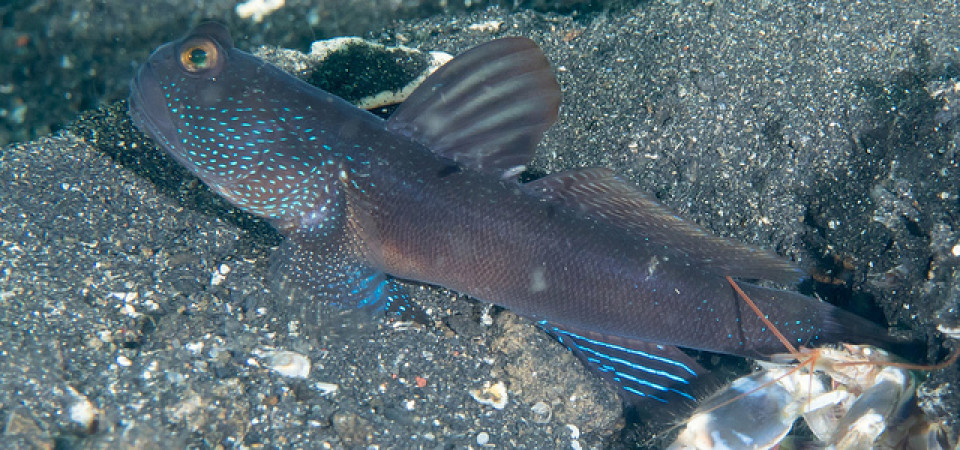In nature, symbiosis refers to a close interrelation between two different organisms. An example of such is the mutually beneficial relationship between goby fish and shrimp. While the shrimp burrows into the sand and builds a home for them both, the goby fish repays the (almost blind) shrimp by warning him when a predator is near.
In the same vein, industrial symbiosis describes the mutually beneficial exchange of materials and energy between separate industrial production processes: i.e. a situation in which the waste products from one industrial production process become the raw materials for another.
Symbiotic industrial systems optimize material and energy use much more efficiently than can be achieved by individual processes alone – much like the example above. This creates business opportunities while simultaneously reducing demand on the Earth’s resources. Win-win.
This is an essential tenet of organic fertilizers, which transform what would otherwise be discarded materials from other agricultural and industrial processes – avoiding landfill by giving them a new lease of life in an innovative, safe and sustainable product.
Some examples of materials revalorised as inputs to organic-based fetilizers and soil improvers include:
- Spent yeasts from the beverage industry
- Cakes left over after oil has been extracted from plants
- Hide scraps from leather-making
- Manures from livestock production
The benefits of industrial symbiosis are clear, but still require effort. Stakeholders must work together to optimize resource use, close material loops and minimize emissions by recycling products and using them as inputs for other production processes to ensure a more circular and sustainable future.
- You can find out more about the regulatory requirements to improve the uptake of industrial symbiosis in Europe in this blog post on organic fertilizers in the regulation.
- If you would like to stay up to date with these developments and find out more, follow ECOFI on Twitter.
- If you would like to be part of the discussion at EU-level, join ECOFI today.



